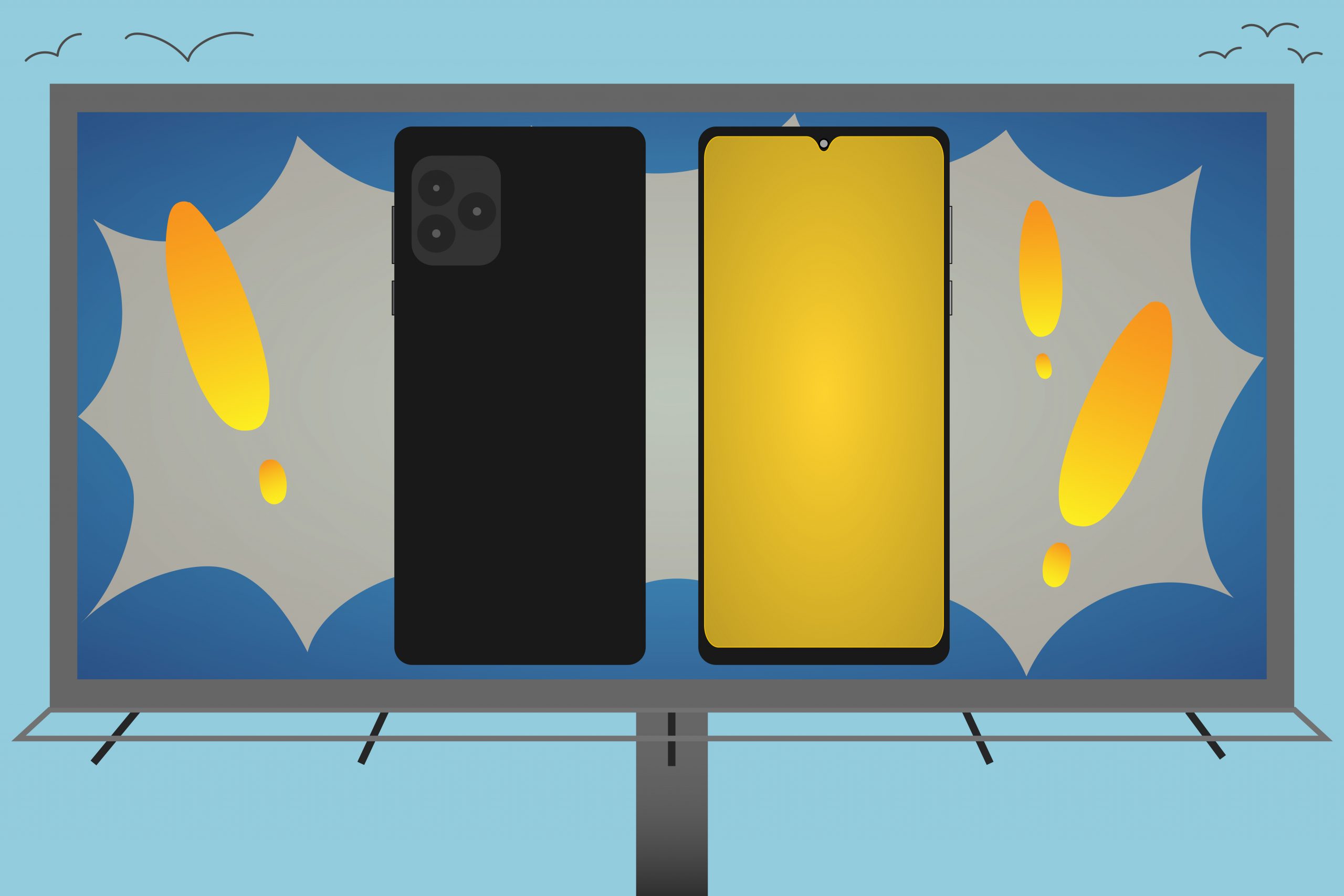The smartphone changed the world. More than just a garden-variety mobile device, the smartphone combines the powerful communication technology of its screenless predecessors with the data processing capabilities of a high-powered computer. We live in a golden age of mobile technology, with the internet allowing us to be more connected to one another than our ancestors ever were. With an estimated six and a half billion people carrying a smartphone in their pockets, this small, mighty device is a striking reminder of how technology affects lives.
Not only does the smartphone exemplify technological advancement, but it also serves as an insight into the evolution of how we communicate. The smartphone and the internet have a symbiotic relationship: Most online media is consumed through a mobile medium, which designers and web developers in turn must carefully consider when they produce new smartphone tech.
Mobile vs. Desktop Websites
Any website worth its salt has a mobile counterpart to its usual desktop interface, a development that naturally wouldn’t have been common prior to the advent of the smartphone. The decision to condense a website’s format into an easy-to-read mobile design is a wise choice to make, but it comes with challenges of its own.
Space is a scarce resource on a cell phone’s screen, and the inclusion of a desktop format’s bells and whistles might confuse a mobile visitor. The question is, then, how can necessary information be most effectively conveyed in such a limited space?
While a mobile format must contain the same information and provide relatively the same experience as its desktop-based counterpart, it must also be less visually busy. This means that the amount of content onscreen at a given time has to be reduced while still looking engaging to viewers. Items will often appear in short lists or drop-down menus when viewing a website’s mobile page in order to avoid clutter.
In a similar vein, advertisements, which tend to appear on a desktop site’s sidebars, are likely to instead appear as pop-ups. Web designers must take care when implementing ads into their mobile site — a website too heavily crowded with ads may drive people away, especially if it gets in the way of information.
Design and Minimalism
All designers must consider the limitations of a mobile space when creating their work. While web designers work to de-clutter websites, graphic designers similarly must make changes to their designs. Graphic designers are the creatives behind a digital space’s appeal, producing components like logos, fonts and layouts for their clients.
Minimalist design has gained popularity both within a digital space and outside it, and this development pairs well with the widespread shrinking of screens. The key elements of successful design, such as color, shape and text, are critical in the creation of an effective finished product, and with such a large portion of content being consumed through smartphones, designers must think about what will appeal to the eye.
The color of a design serves the primary purpose of creating an atmosphere. Compelling use of color creates an eye-catching design and conveys the mood a client wants. There’s a balance to be struck, though. Too many different colors in too small a space looks overly busy, and the intended design becomes hard to read.
Minimalism, however, is by definition unbusy. A simplified design can be made minimal, and a minimal design complements a small phone screen well. By extension, minimal design often trends toward relatively few shapes and simple forms, making for an easier read upon quick glance.
Through practice, web designers have found that a minimal design is conducive to a satisfying user experience, especially with regard to smartphones. The realm of minimal design extends beyond web development, however, to the phones themselves.
Apple is one of the leading tech giants worldwide, and their products’ designs often influence those of other companies. Over the years of its evolution, the iPhone has adopted a minimal design in a convergence of technology and form. From a slimmer build to the removal of the once-prominent home button, each new iPhone looks more streamlined than its previous installment. Even the company’s logo has followed suit — ditching its prior glassy look for a simplistic, solid black one. This change fittingly mirrors the transformation of the phone itself and lends the distinct impression of a recognizable brand to the memory of consumers.
Have smartphones led to the widespread popularity of minimalism, or do the developments of minimalist design and the modern smartphone coincide with each other by happenstance? The two may be interconnected, but minimalism isn’t limited to smartphone design alone. Interior decorating, in its artsiest modern settings, bears a distinctly minimal look, and abstract minimalism has been an art theme for far longer than the smartphone has been around. Cell phones may not have created the minimalist style, but designers familiar with a mobile interface have taken advantage of its prominence when creating successful user interfaces.
Audience Attentiveness
Developers must compete not only with their consumers’ artistic tastes but their attention spans as well. With such an immeasurable amount of information available at all times, it’s common to switch rapidly between different apps, websites and news sources. Every gadget on your phone is simultaneously competing for your attention.
The focus of consumers can be won over by stimulating engagement. If a website’s first page is cluttered, confusing or uninteresting, people will inevitably click away. After becoming accustomed to the rapid-fire excitement of constantly engaging material, people come to expect this level of stimulation from every digital interaction. The smartphone specifically enunciates this constant compulsion with the ability to drift sporadically from app to app, meaning that one’s entertainment quota will always be full.
Advertisers realize this, and thus our cell phones become prime real estate for increasingly engaging ads. These ads must be comprehensible within a matter of seconds, and they must draw the viewer’s attention. People encounter up to 10,000 ads a day at all hours of the day, each of which seeks to make a memorable impact. With a consumer’s attention on the line, marketers employ familiar design tactics in their ads: Bright colors and easy legibility gives them a fighting chance of memorability.
These principles of design have evolved with the smartphone, just as the smartphone has been influenced by design. In an increasingly digital world, every creator seeks to capture an audience and evolve within a changing market while staying true to a brand. This core motivation shapes the interaction between designers and consumers and molds how people interact with an online space.

















